PMA Elektronik


Radio direction finding systems have been known for a long time and are frequently used.
Avalanche locators on fixed base systems, or the observation of wild animals, by means of miniature transmitters are only given here as an example.
All of these systems have serious disadvantages. The transmitters have to be operated manually, or they begin sending based on certain events, e.g. a plane crash or an Avalanche.
This means in the first case that the ones to be found still need to be able to activate the sender. In the second case the sender is activated automatically without being received by rescue units.
In the case of an Avalanche the transmitters of all buried individuals are activated simultaneously. If a variety of transmitters are sending at the same time, it is almost impossible to create individual bearings.
The greatest disadvantage however is the immediate strain on the transmitter batteries following the begin of an event. Even if there are no search and rescue units nearby.
In worst case scenarios this can lead to the transmitter batteries having already been depleted before search and rescue units can arrive on the scene, so that it is near to impossible to locate these individuals.
Another example is the use of transmitters to locate hostages. The danger here is the possible location and deactivation of these devices by the kidnappers.
By our design, the transmitter is set in an energy saving „slumber-mode“. This allows for a battery life of up to 200 hours at minimal activity. The transmitter waits to receive „through radio signal“ orders to begin sending a signal. The full battery performance is then used by activation.
This means that the search and rescue units need only to know the i.d. number of the missing transmitter. All delivered equipment is registered in a central data base. The search and rescue units can then immediatly activate the transmitter of the missing person and locate the bearing’s of the emitted signal.
A search perimeter of up to 20km is possible based on the type of transmitter being used.
Is the transmitter signal of the missing person unknown the search and rescue unit can deploy a general radio signal on all transmitters „set to receive“ ordering these to return an identification code.
All practical tests were extremely successful.
A mobile phone size unit is deliverable for everyone. A transmitter such as those used by the Fire department must not be delivered.
The practical use:
The device was designed for all persons and occupational groups, (who):
- Live or work in earthquake endangered areas.
- Live in danger of becoming kidnap victims.
- Are working as civil engineers in mines, or tunnels, and therefore run the risk of being buried alive.
- Are Pilots or extreme athletes who run the risk of becoming missing persons.
Moreover this system can be used for the safeguarding of high-quality assets and vehicles.
In addition the use of the transmitters on search and rescue dogs is usefull in the location of individuals buried under rubble, so that the rescue units know where to begin their search.
The transmitter direction finder was intensively tested from 10 June – 12 June 2004 at the military training area in Hammelburg. Several scenarios, such as search for kidnapped persons, and search and rescue of Earthquake(Avalanche) victims were successfully tested.
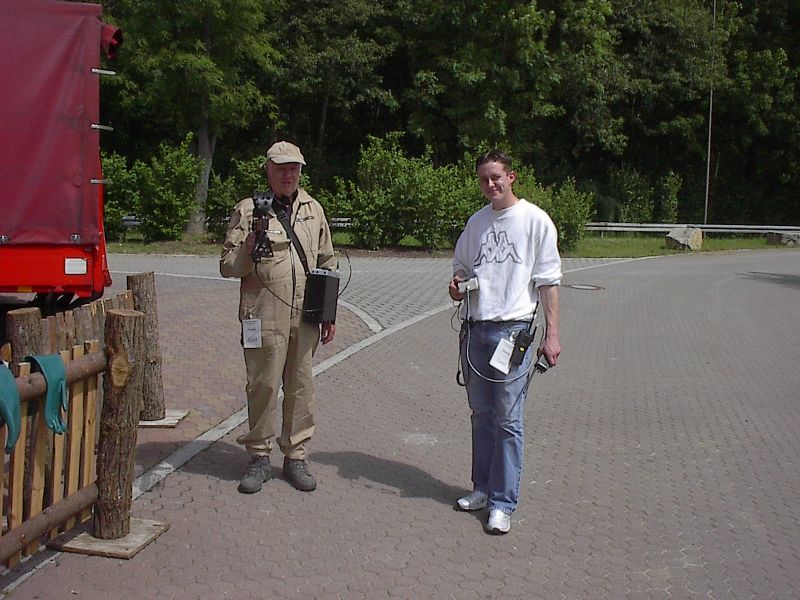
The Search Unit
Search for kidnap victims:
- A person equipped with one of our transmitters was hidden in one of the training houses.
- The search unit was not informed of the location of this person.
- The streets were systematically searched while continually sending a data telegram on the
transmitter.
- As the search unit reached the contact distance of the transmitter, it began emitting it’s
location signal.
- The usual location time of the transmitter was approx. 3min. when nearing the hiding
place and from the outside of the building it was already known in which part of the
building the person was hiding in. Finding the person within the building took only a
few seconds.
- The location of a person hidden in a car was accomplished in the same time frame.
Search for victims buried alive:
After many tests in the canal system of the training village the transmitter and receiver achieved a success quota of 100%.
Another test was made at a depth of 8 meters (24 ft). The person was located to within 15cm of his position. The time needed for this test was 1min. 45 sec.
A detailed protocol was done by the Frankfurt Fire department.
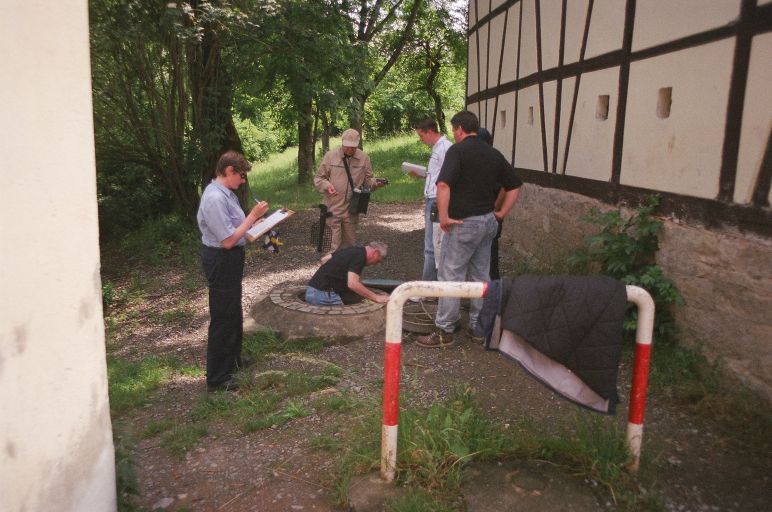
Entry in the Canal System

Got it
On 18 + 19 Sept. 2004 tests were conducted in Kirchheimbolanden to locate missing persons and vehicles using a Helicopter.
In all tests location of missing persons and vehicles were unknown to the search units.
Even though persons and vehicles were equiped with weaker versions of our system (100mW transmitter power) all tests achieved a 100% results.
Signal contact was made at an average of 2,5 km from hidden positions.
The flight altitude was ca 900ft. (300m). Flight speed was approx. 80-100Kt (ca 144-180Km/per hour). That is to say normal altitude and flight speed in unchecked air space was used.
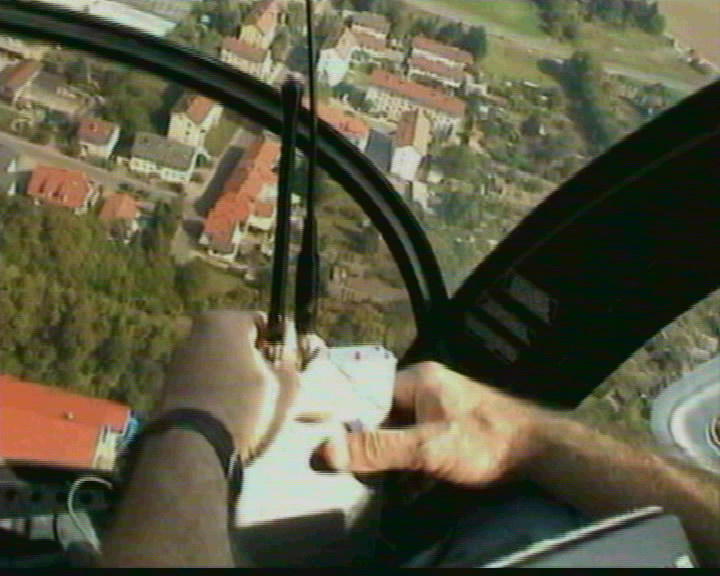
The Search Unit in a Helicopter
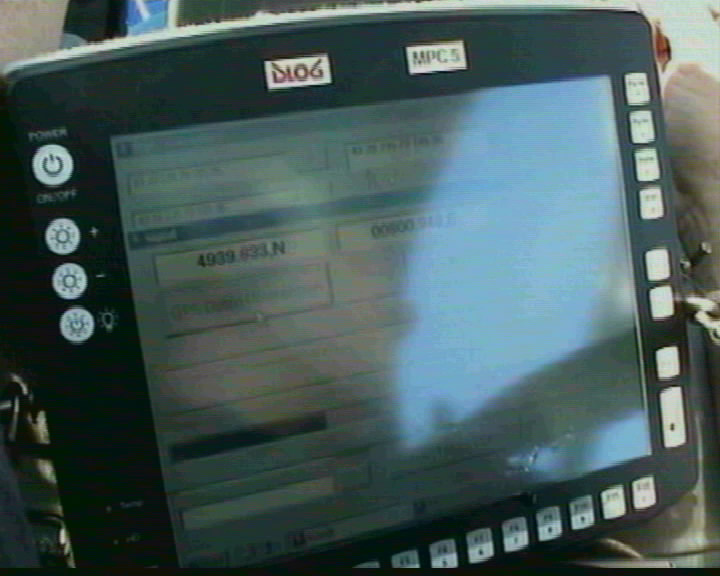
The Received Unit Number, Signal Strength and GPS Data
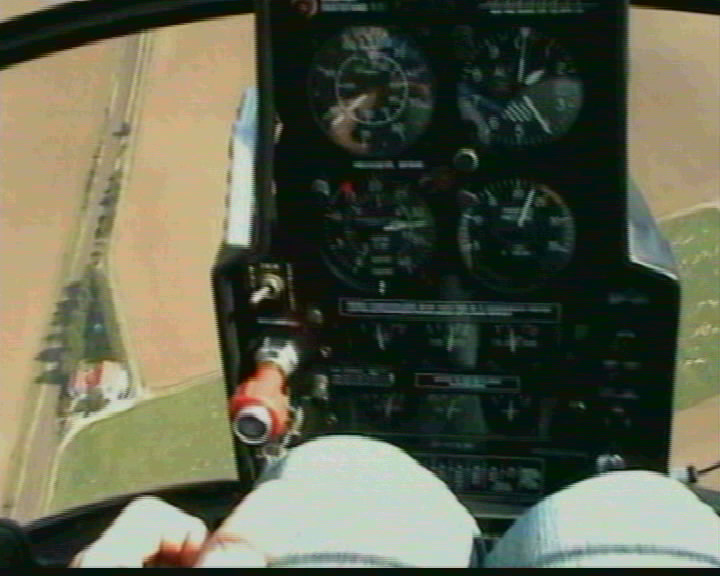
Altitude and Speed
Summary:
With this worldwide one of a kind system, we open completely new ways for the search and rescue of missing persons. In all test cases the time from test begin to the location of test persons was reduced to a few minutes, compared to contemporary search operations requiring hours and days to be conducted.
The unanimous opinion of all persons involved with these tests is that the system has a future above and beyond the application fields of the Fire department. Enquiries into this system have been returned from the USA, Israel and Taiwan.
The system is small, light and mobil, so that a live demonstration can be easily arranged.